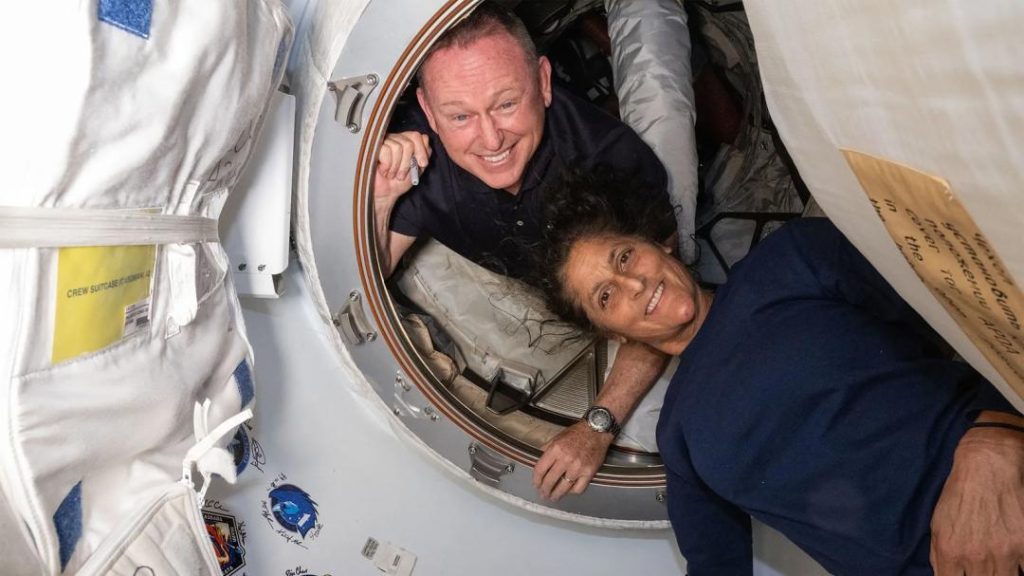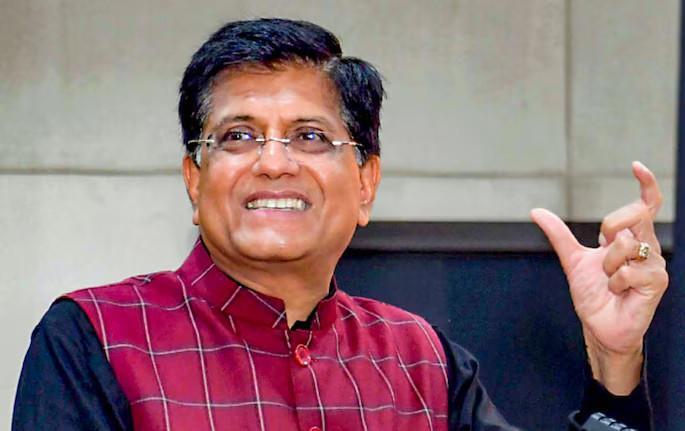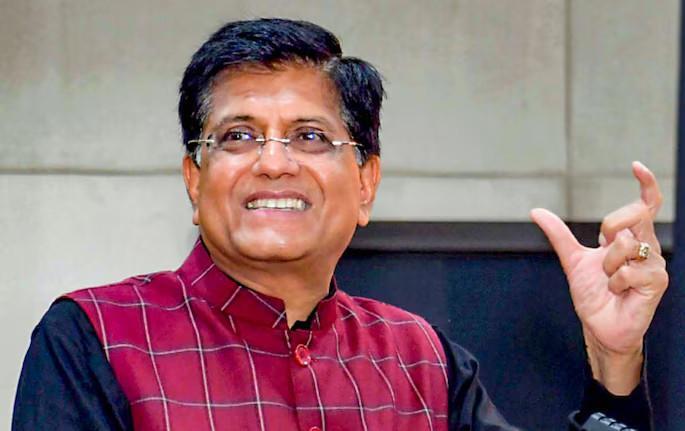
What Challenges Will Sunita Williams and Butch Wilmore Face After Returning to Earth?
Astronauts Sunita Williams and Butch Wilmore are set to return to Earth next week, bringing an end to their extended stay in space. While their journey to the International Space Station (ISS) was undoubtedly an incredible experience, their return to Earth is likely to be just as challenging. As they re-enter the Earth’s atmosphere, they will face a range of physical and physiological challenges that can be quite daunting.
One of the most significant issues they will face is the loss of bone density and muscle mass. Prolonged exposure to zero-gravity environments can cause bones to lose mass and density, leading to a condition known as osteoporosis. This is because the muscles in the body are not required to work as hard to maintain posture and movement, resulting in a reduction in muscle mass.
To counter this loss, astronauts undergo a range of exercises and physical activities while in space. These exercises are designed to help maintain muscle mass and bone density, but even with these efforts, the effects of zero-gravity can be significant. As a result, astronauts often experience difficulties when they return to Earth, as their bodies struggle to adjust to the gravitational forces.
Another challenge that Williams and Wilmore will face is the development of “baby feet.” This phenomenon occurs because the muscles in the legs and feet are not subjected to the same level of gravitational stress as they are on Earth. As a result, the muscles can become soft and weak, leading to a loss of tone and flexibility.
This can cause a range of problems, including difficulty walking, balance issues, and even pain in the feet and legs. Astronauts often experience these symptoms for several weeks or even months after their return to Earth, as their bodies slowly readjust to the gravitational forces.
In addition to these physical challenges, Williams and Wilmore will also face a range of physiological issues. One of the most significant is the loss of blood volume. Prolonged exposure to zero-gravity environments can cause the blood to shift towards the upper body, leading to a reduction in blood volume. This can cause a range of symptoms, including dizziness, nausea, and even fainting.
To counter this loss, astronauts are required to perform a range of exercises and physical activities while in space. These exercises are designed to help maintain blood volume and circulation, but even with these efforts, the effects of zero-gravity can be significant.
Another challenge that astronauts face is the transition from a microgravity environment to a normal gravitational environment. This can cause a range of problems, including disorientation, vertigo, and even motion sickness.
Williams and Wilmore will also have to deal with the psychological impact of their extended stay in space. Prolonged exposure to zero-gravity environments can cause a range of psychological issues, including depression, anxiety, and even post-traumatic stress disorder (PTSD).
To counter these challenges, astronauts undergo a range of psychological assessments and therapies while in space. These assessments are designed to help identify any potential issues and provide support and coping mechanisms to help astronauts manage their mental health.
In conclusion, the return to Earth for astronauts Sunita Williams and Butch Wilmore is likely to be a challenging experience. They will face a range of physical and physiological challenges, including the loss of bone density and muscle mass, the development of “baby feet,” and the loss of blood volume. They will also have to deal with the psychological impact of their extended stay in space, including depression, anxiety, and PTSD.
Despite these challenges, Williams and Wilmore are highly trained astronauts who are well-equipped to handle the difficulties of their return to Earth. With the support of their colleagues and the expertise of medical professionals, they will be able to overcome these challenges and return to their normal lives on Earth.






